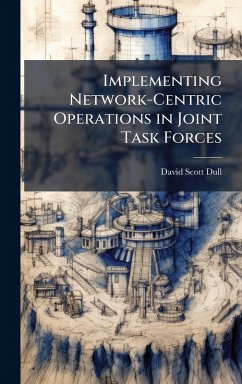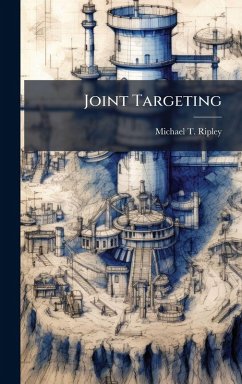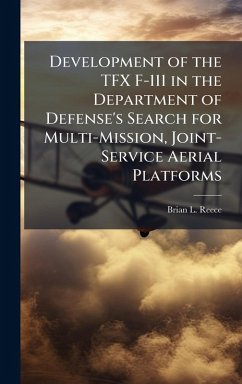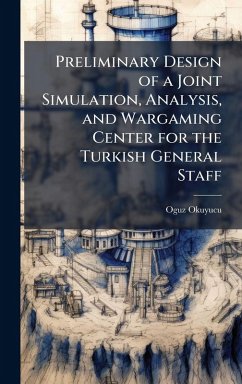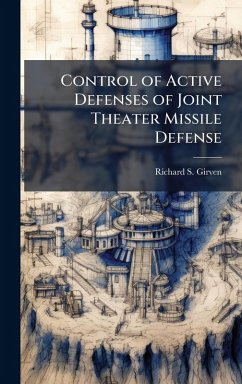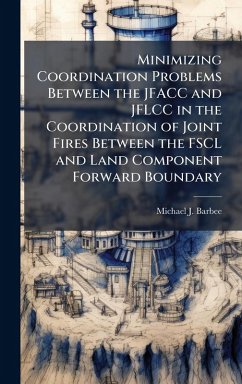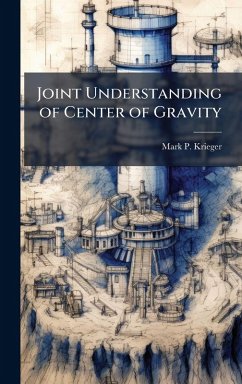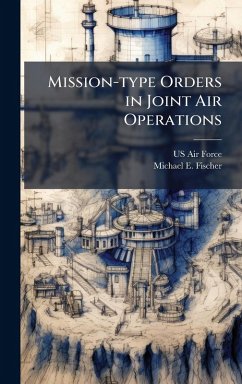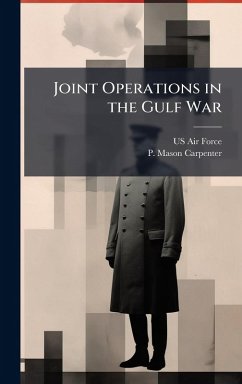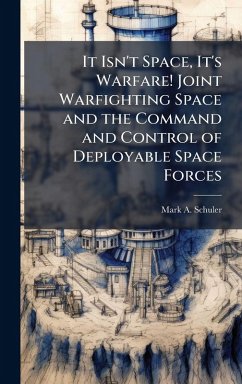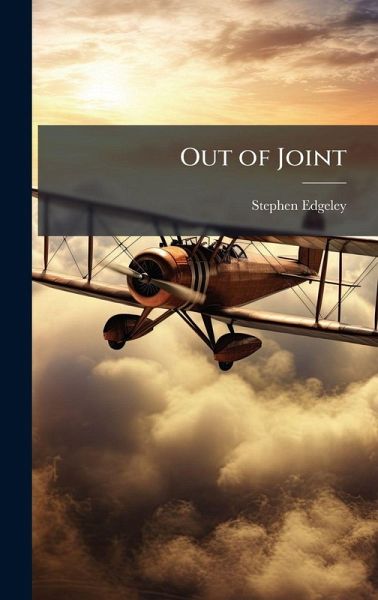
Out of Joint
Versandkostenfrei!
Versandfertig in über 4 Wochen
29,99 €
inkl. MwSt.
Weitere Ausgaben:

PAYBACK Punkte
15 °P sammeln!
This study comprises an analysis of why independent air forces in democratic nations maintain a focus on the independent aspects of air power, rather than embracing jointness. The author describes how the civil-military relations within a democratic culture enable an independent air force to choose to what degree they comply with government direction and policy in particular, the government's policy and direction on the priority to be given to supporting joint operations. Next, the author describes why independent air forces maintain a focus on the independent aspects of air power. The author ...
This study comprises an analysis of why independent air forces in democratic nations maintain a focus on the independent aspects of air power, rather than embracing jointness. The author describes how the civil-military relations within a democratic culture enable an independent air force to choose to what degree they comply with government direction and policy in particular, the government's policy and direction on the priority to be given to supporting joint operations. Next, the author describes why independent air forces maintain a focus on the independent aspects of air power. The author starts by explaining how historical influences created this autonomous focus and how concerns over organizational independence have allowed it to remain. This is followed by a description of how the budgetary process within democratic cultures encourages services to maintain an independent focus. The author then moves on to describe the organizational aspects of independent air forces which give rise to a tendency for them to maintain a narrow understanding of the application of air power. Coupling these historical, budgetary and organizational factors with the ability to choose, the author explains why independent air forces maintain a focus on the autonomous aspects of air power, which in turn, creates a perception that they are unwilling to become part of the joint team. The final section of the study includes proposals as to how this focus on the independent aspects of air power can be reduced, and how the wider application of every aspect of air power will allow air forces to become more joint. This work has been selected by scholars as being culturally important, and is part of the knowledge base of civilization as we know it. This work was reproduced from the original artifact, and remains as true to the original work as possible. Therefore, you will see the original copyright references, library stamps (as most of these works have been housed in our most important libraries around the world), and other notations in the work. This work is in the public domain in the United States of America, and possibly other nations. Within the United States, you may freely copy and distribute this work, as no entity (individual or corporate) has a copyright on the body of the work. As a reproduction of a historical artifact, this work may contain missing or blurred pages, poor pictures, errant marks, etc. Scholars believe, and we concur, that this work is important enough to be preserved, reproduced, and made generally available to the public. We appreciate your support of the preservation process, and thank you for being an important part of keeping this knowledge alive and relevant.



